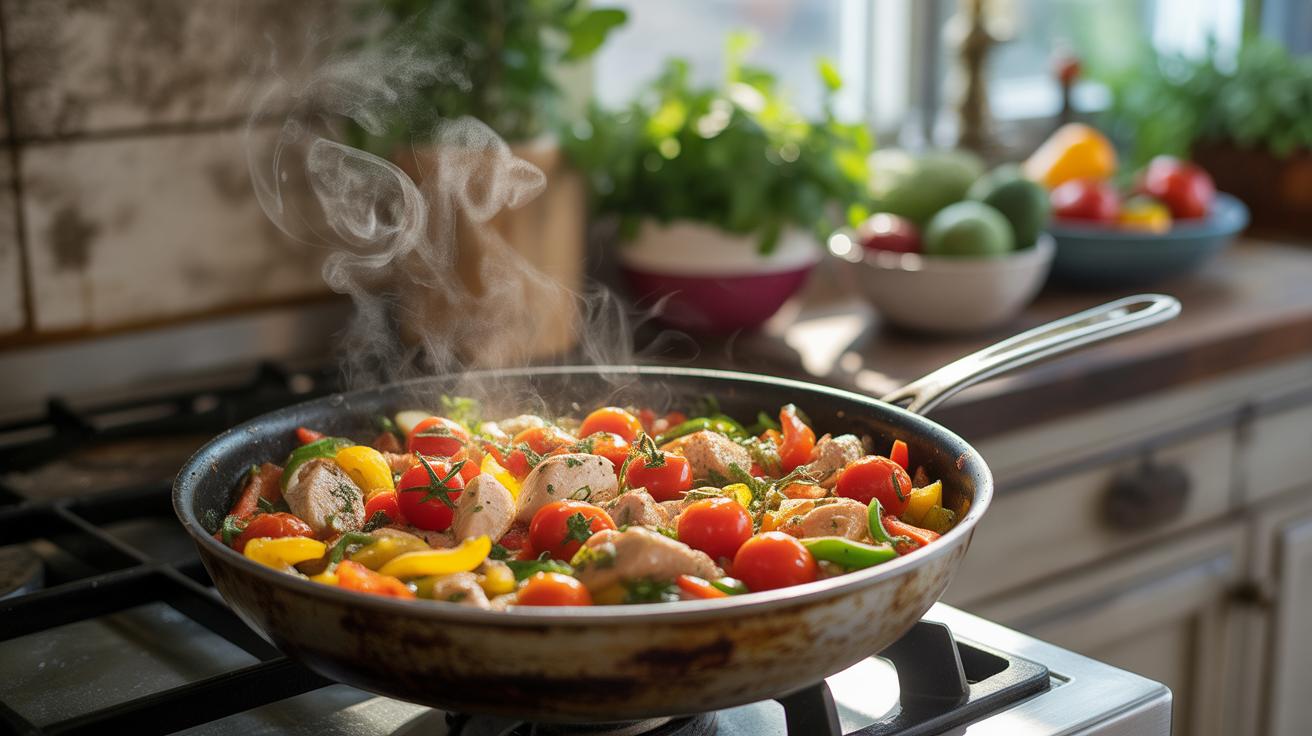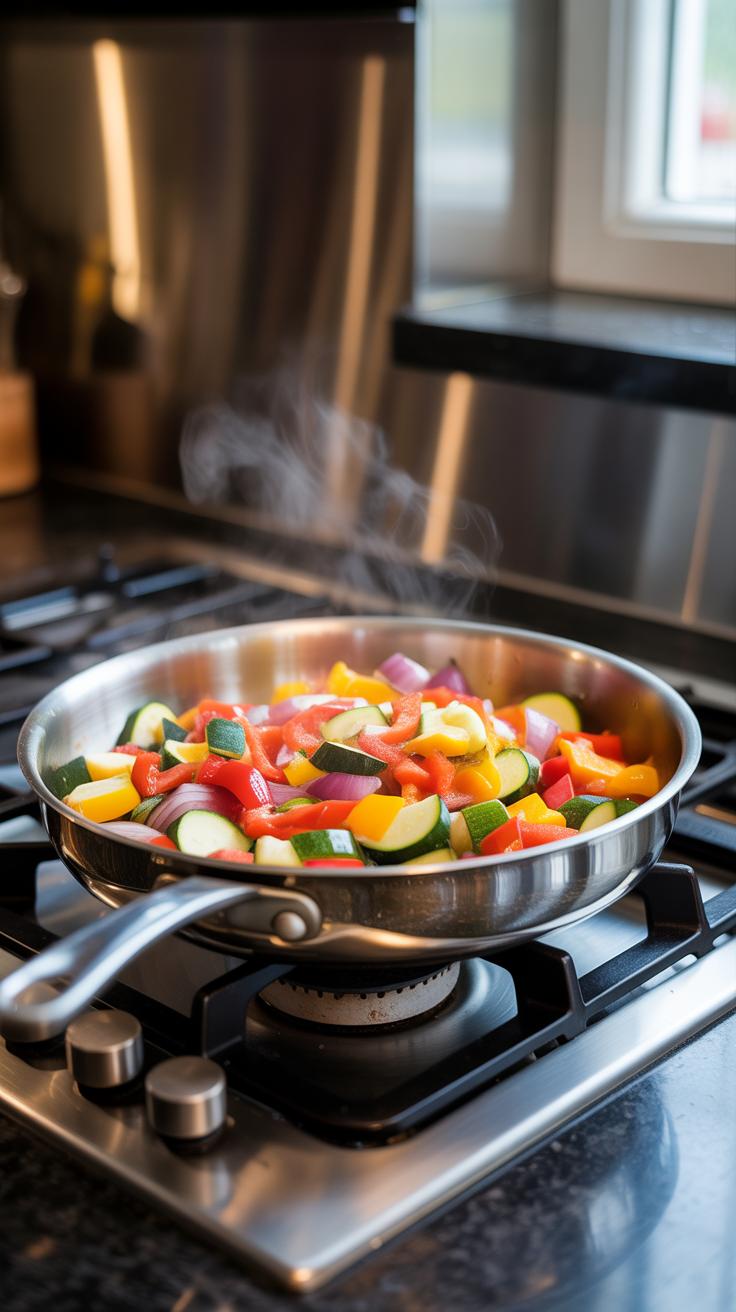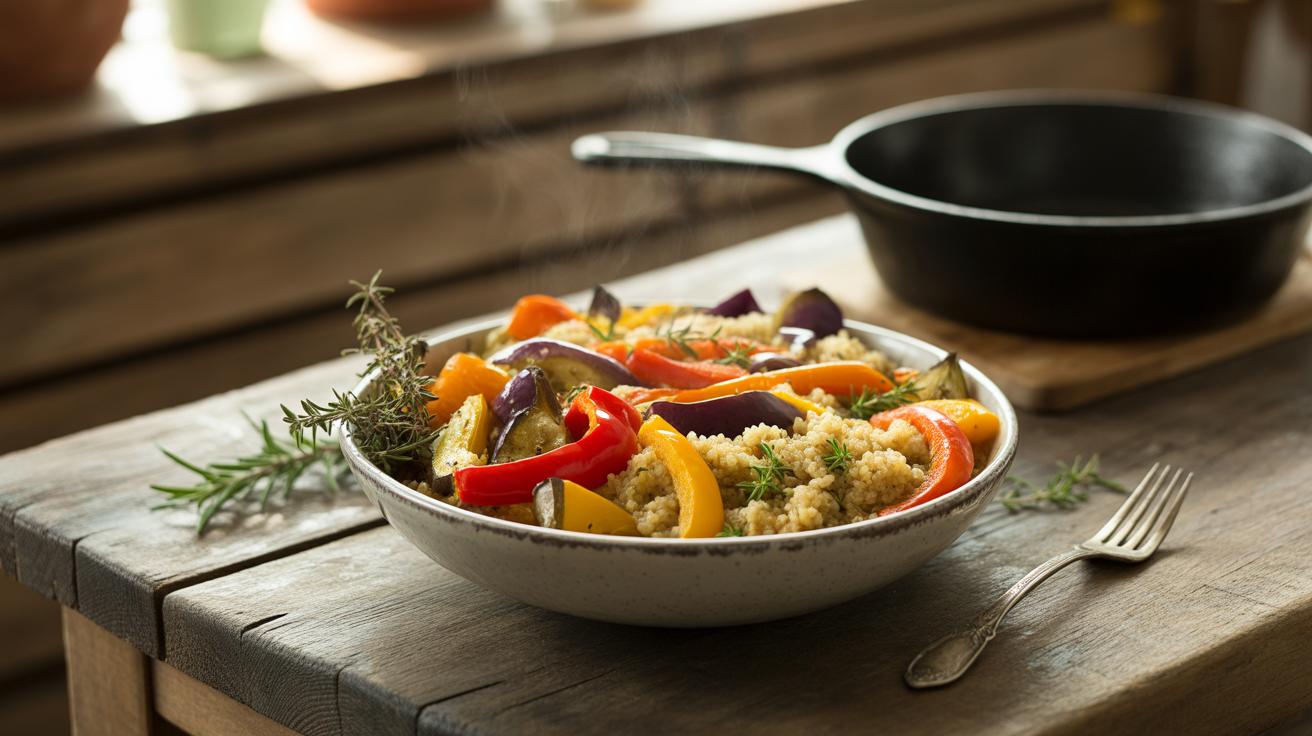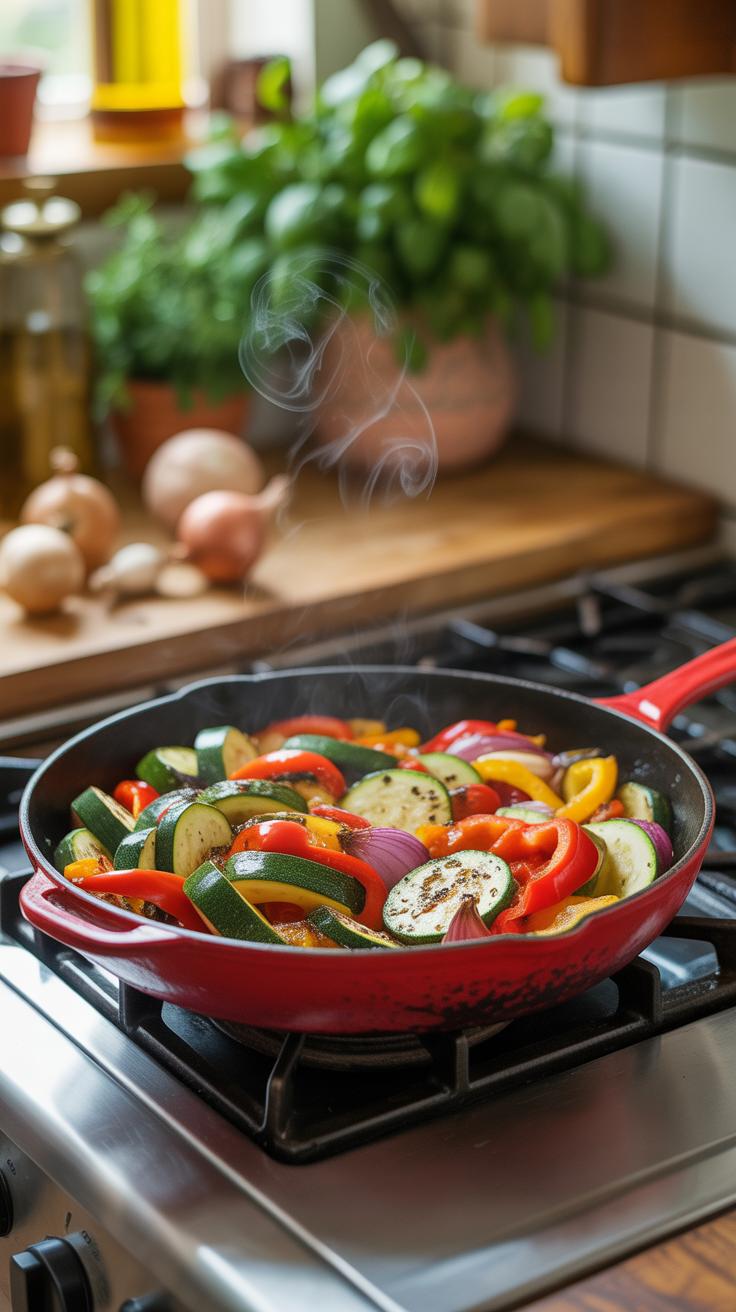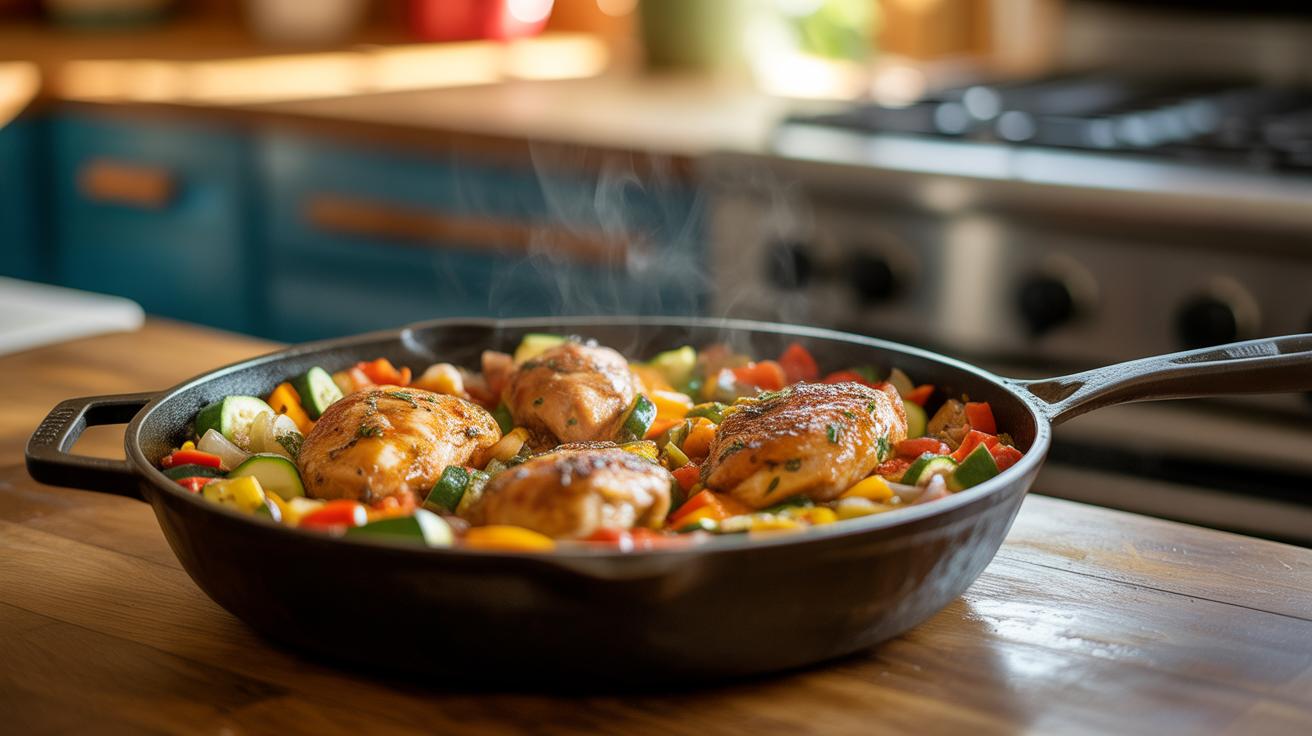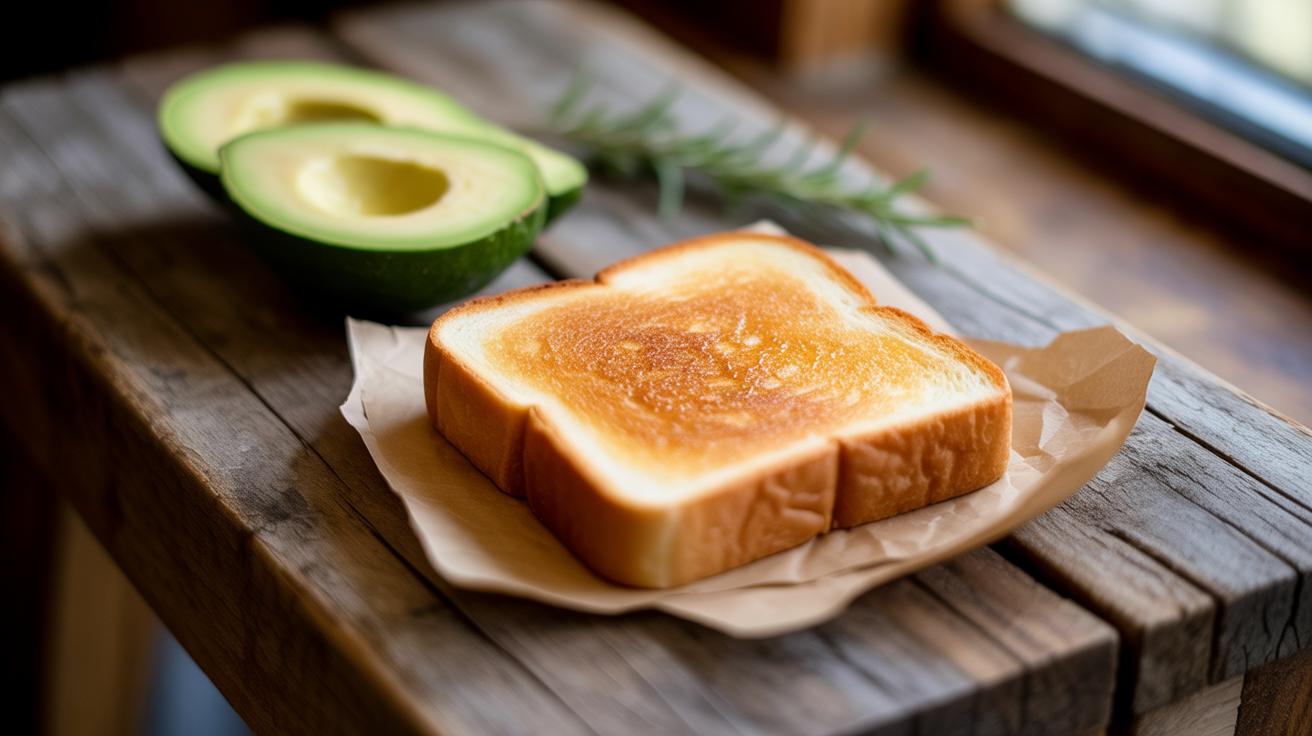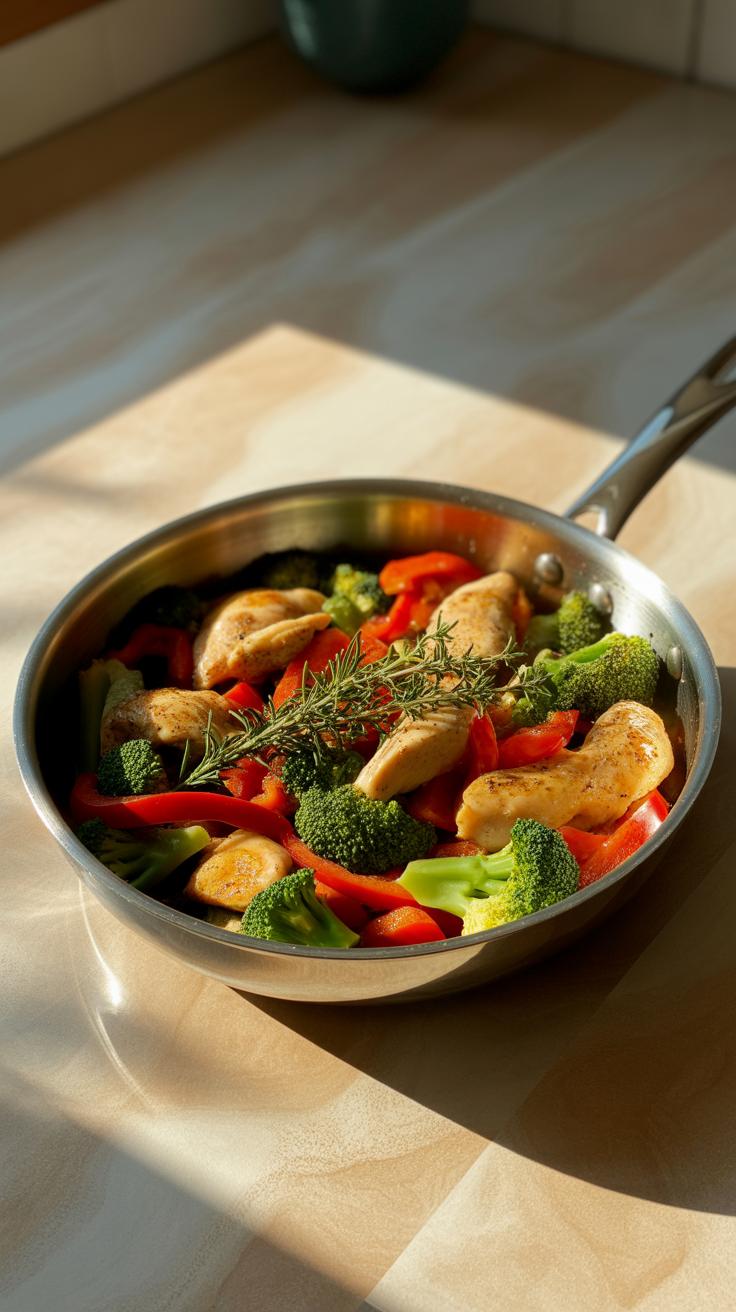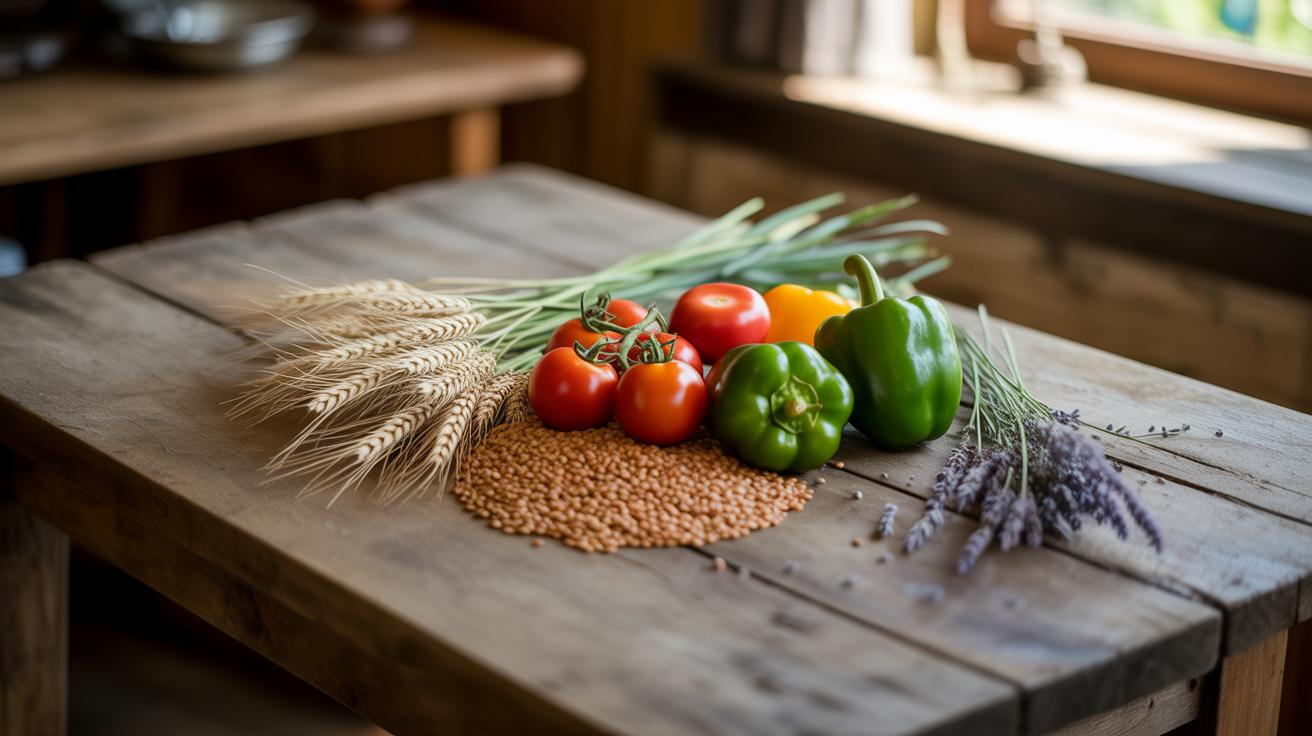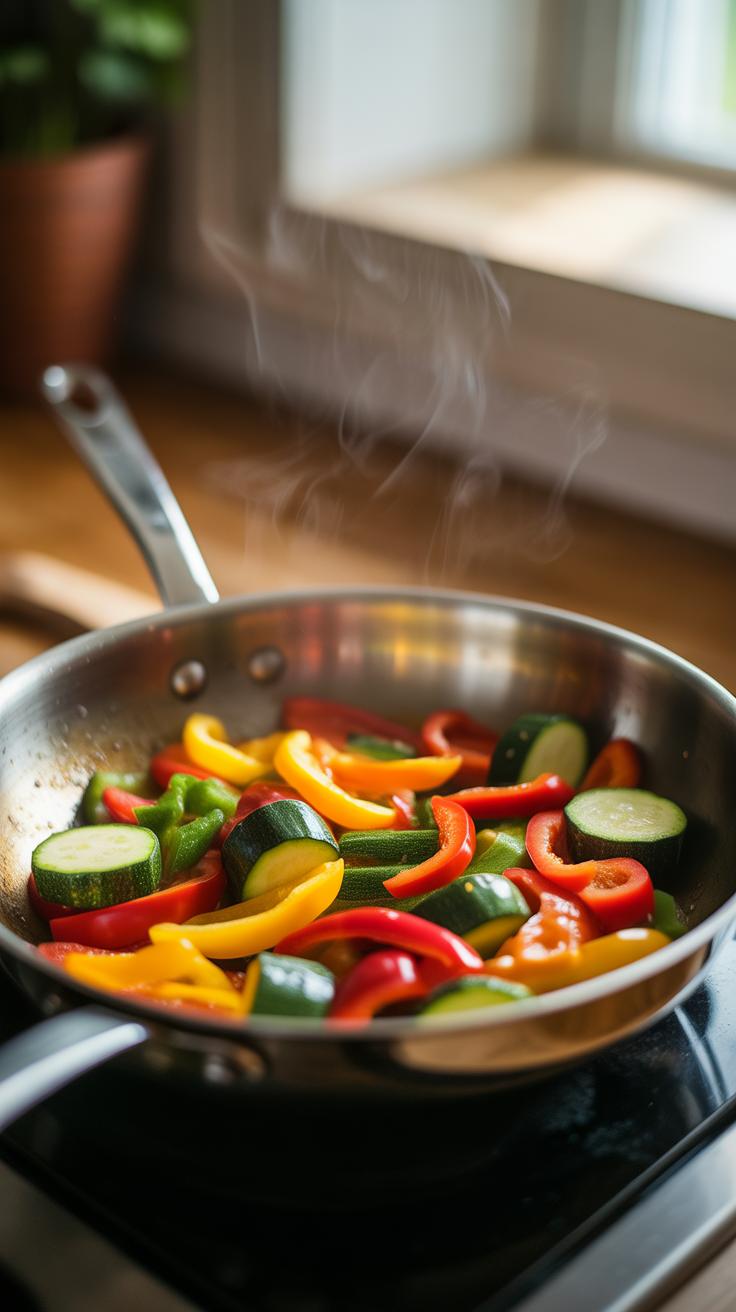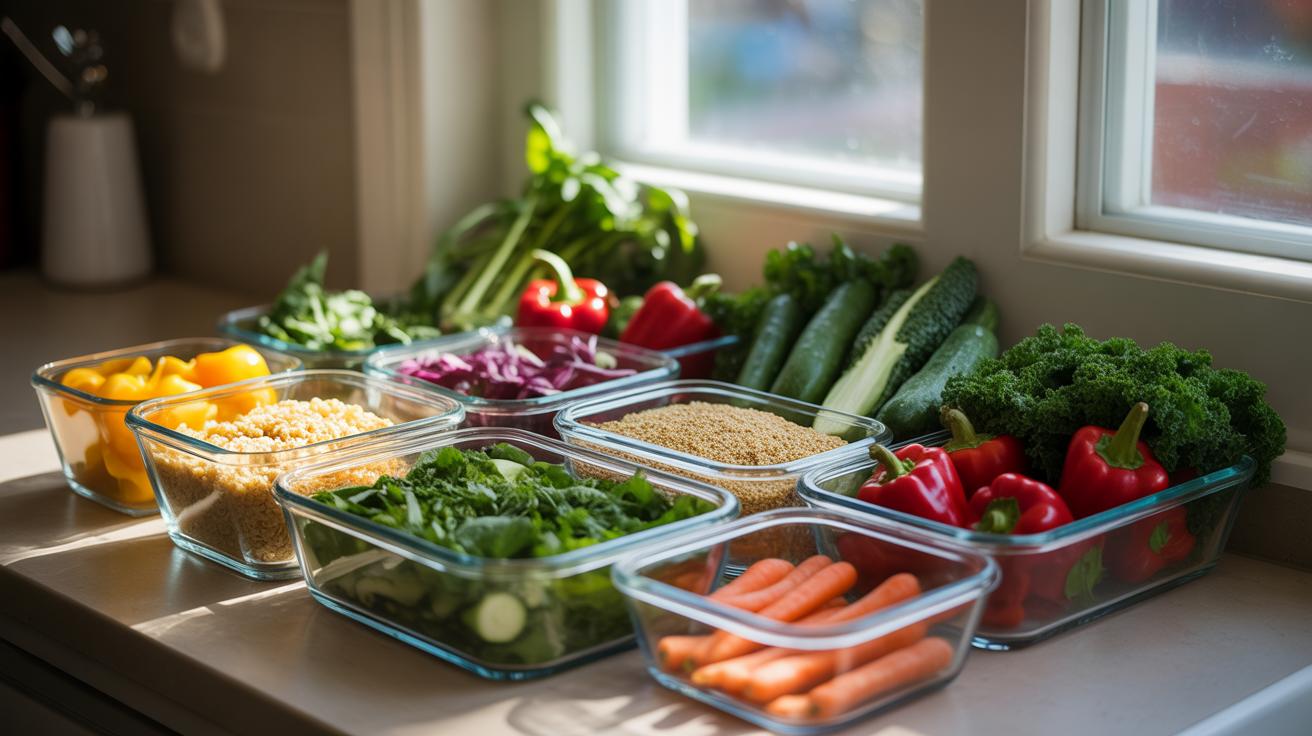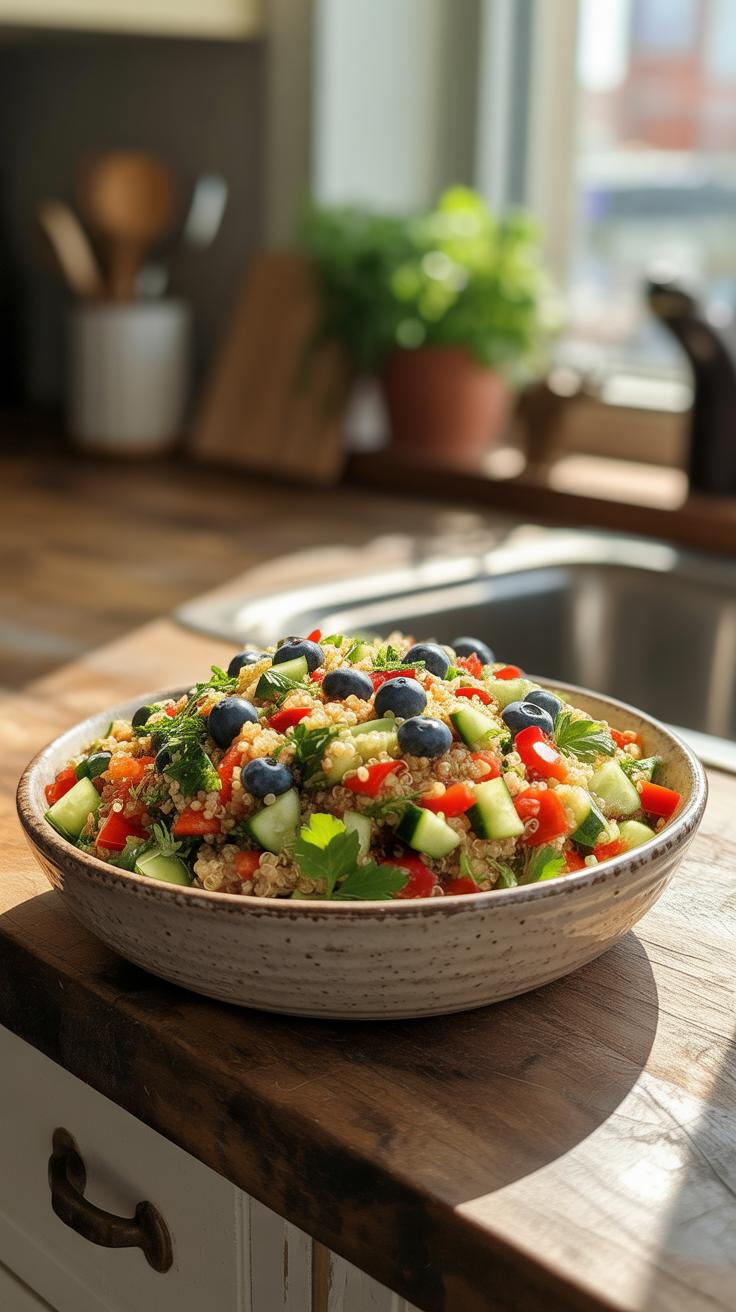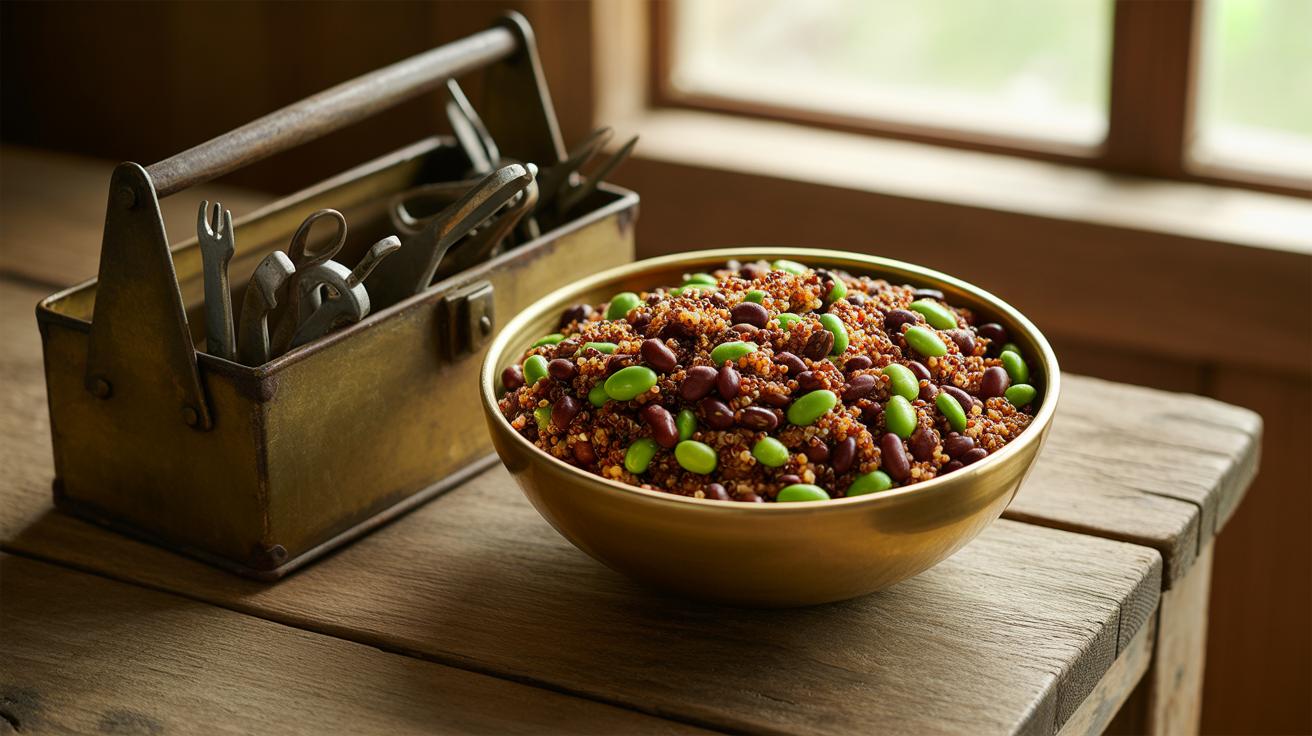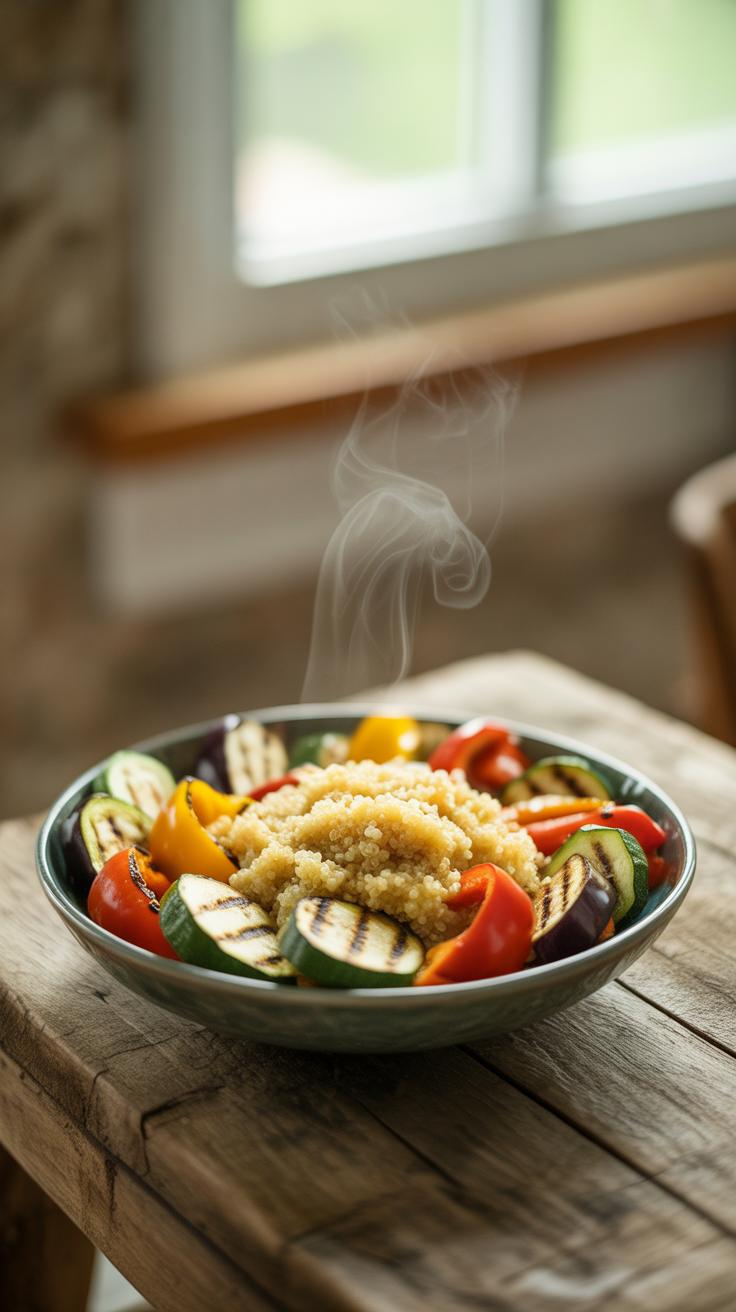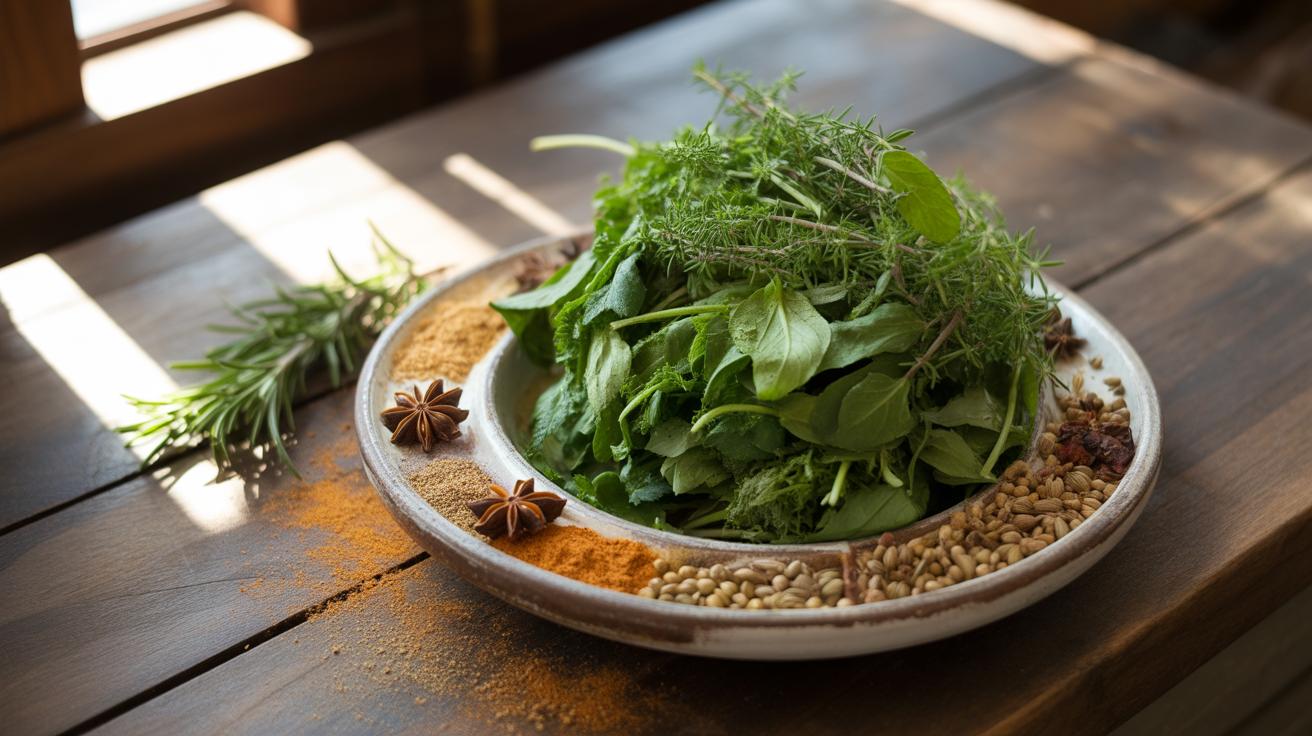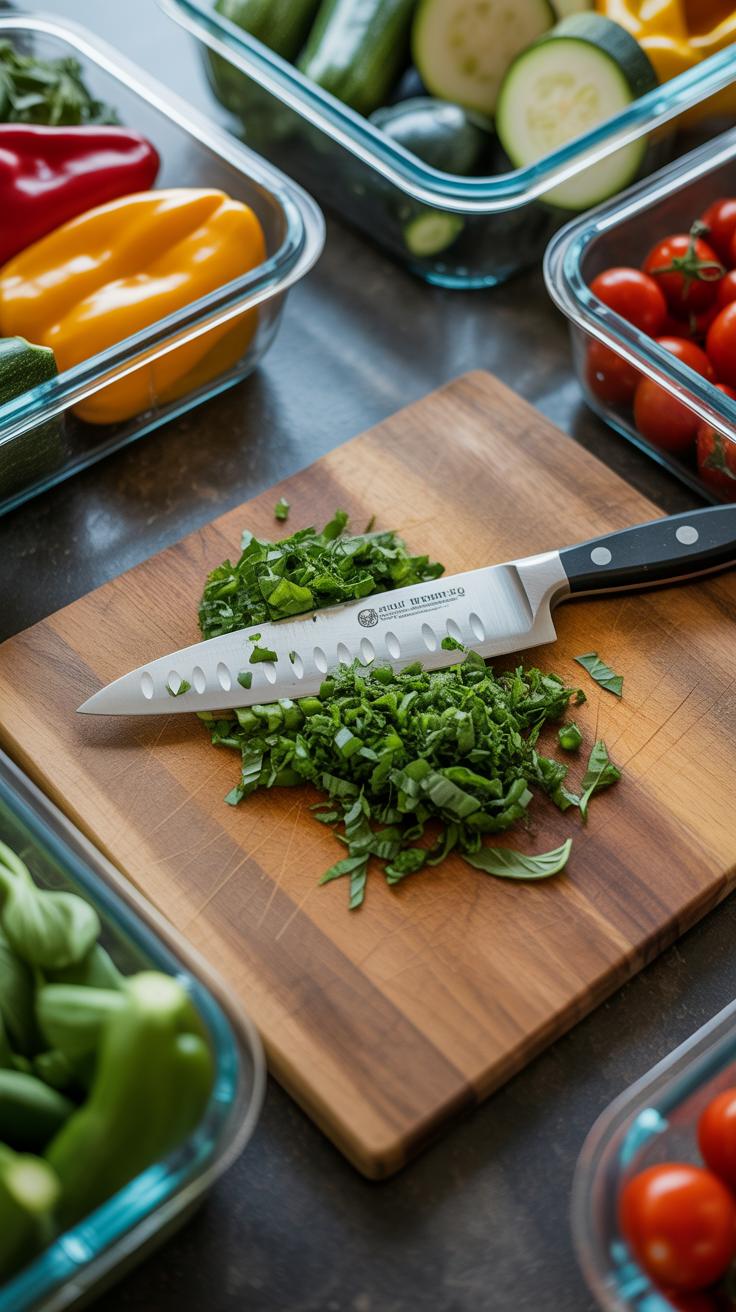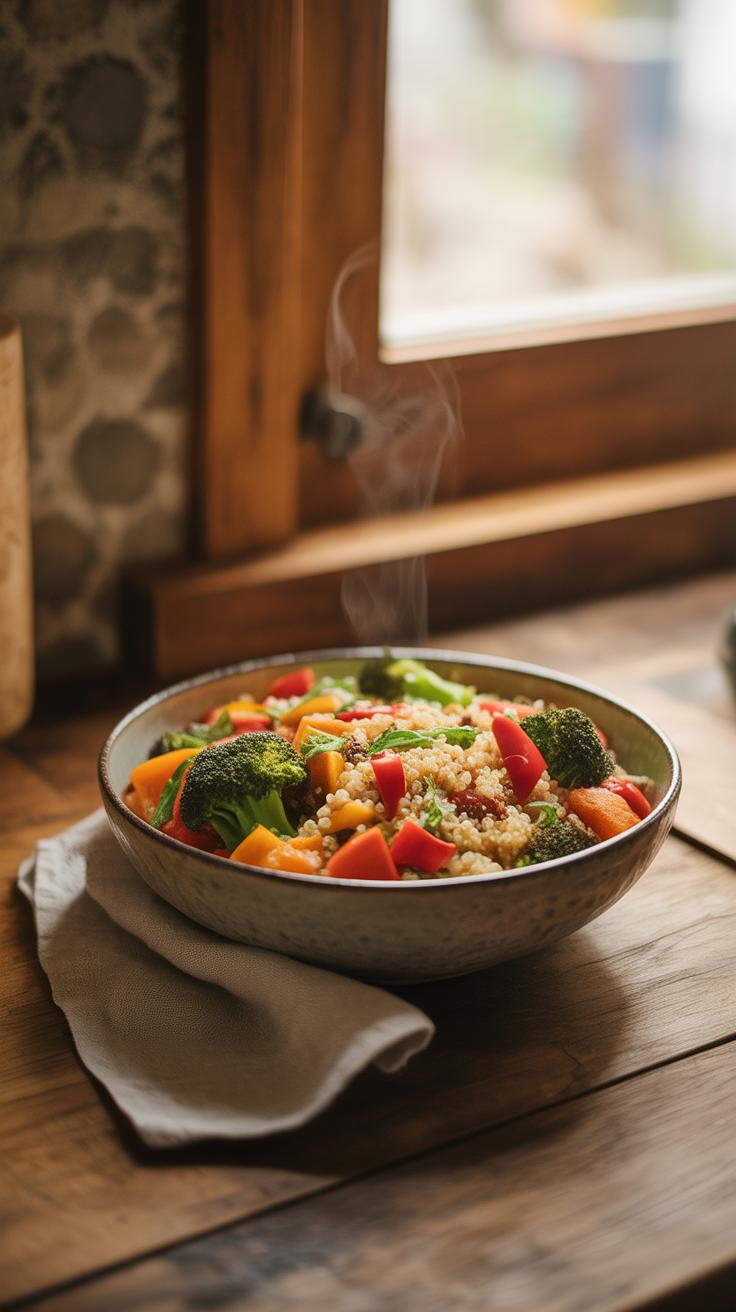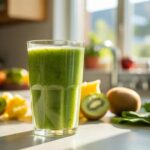Introduction
Macro friendly recipes offer a smart way to stay healthy while cutting down your kitchen time. Knowing how to balance proteins, fats, and carbs can simplify your cooking. This article highlights recipes that not only respect your nutritional goals but also save time by speeding up meal preparation.
Understanding these recipes helps you fit your diet flexibly into your busy life. From quick cooking methods to smart food choices, you’ll get practical ideas to make meal prep quicker and keep your meals balanced. Let’s explore how macro friendly recipes can halve your meal prep time without losing flavor or nutrition.
Why Macro Friendly Meals Save Time
You might find that sticking to macro friendly meals actually cuts down your meal prep time more than you’d expect. When you focus on balanced macros—protein, carbs, and fats—it narrows down your ingredient choices. So instead of wandering aimlessly in the grocery aisle or standing in front of an empty fridge wondering what to eat, your decisions become quicker and more straightforward.
Think about it: if you have a target macro split, you know exactly what types of foods fit into each category—lean meats, veggies, whole grains, healthy fats—and this reduces second-guessing. It’s like having a roadmap instead of a puzzle. Plus, when you batch cook with macros in mind, you’re not only saving time on daily cooking, but also on portioning. Pre-measured meals let you grab and go, skipping over the usual “what’s for dinner?” chaos.
Prepared portions mean less mess and fewer last-minute adjustments. So, maybe it’s the simplicity of choices or the structure, but macro friendly meals do tend to shave off prep time, sometimes quite a lot.
Benefits of Balanced Macros for Busy Schedules
Balanced macro meals can really help you stick to your eating plan without feeling deprived or rushed. When your meals cover protein, carbs, and fats in one plate, you’re less likely to snack uncontrollably or crave something that sends you scurrying to the nearest convenience store. That steady fuel keeps hunger at bay.
For example, someone juggling work, gym, and family may find a macro balanced bowl—chicken, quinoa, and avocado—satisfying enough to last hours. This reduces the temptation to throw together a quick, less nutritious snack or skip meals entirely, which usually leads to last-minute cooking or grabbing takeout. It’s a way to control what you eat even when life gets chaotic.
On tough days, that predictable satiety from macros can make a difference. I’ve seen people say they feel steadier energy throughout the day—and that their meal times feel less like a burden.
Batch Cooking and Portion Control
Batch cooking with macro ratios in mind means you spend a couple of hours once or twice a week, but save many hours later. When meals are made to meet specific macro needs, it stops the guesswork on how much protein or carbs you should add on the fly. The portions are ready, balanced, and just waiting in the fridge or freezer.
Portion control accelerates meal assembly, too. Instead of weighing or eyeballing ingredients before every meal, you just reheat a pre-portioned container. That cuts down the usual back-and-forth—like “how much rice to add?” or “is this enough chicken?” Without those small steps, you save minutes each day that quickly add up.
Sometimes, I wonder if people realize how much mental energy they spend figuring out meal sizes daily. Batch cooking with set macros removes that mental clutter, making meals faster and less stressful on busy weekdays.
How to Build Your Macro Recipes List
Picking macro friendly recipes isn’t always straightforward, but it doesn’t have to be complicated either. Start by thinking about meals that hit a good balance of protein, carbs, and fats without requiring hours in the kitchen. I’ve found that listing out quick-cook ingredients first helps focus this process.
Look for meals where the protein source is lean yet filling—chicken breast, turkey, or firm tofu are solid bets. Carbs should fuel you, so consider quick-cooking grains or legumes, like brown rice or canned beans. Don’t forget fats; small amounts of olive oil, avocado, or nuts can round things out nicely without making prep cumbersome.
Ask yourself: does this meal come together in under 30 minutes? If not, can you tweak it? Sometimes swapping out slower ingredients for faster ones keeps you on track. The goal is to build a personal list of recipes that feel doable, not intimidating.
Choosing Fast and Flexible Ingredients
Some ingredients really shine in macro meals because they work well across dishes and cook quickly. Think of chicken breast: high protein, low fat, and ready in about 15 minutes on the stove. Brown rice might take longer but you can batch cook it once and store it for several meals. Canned beans add fiber, protein, and carbs with zero prep beyond rinsing.
Here’s a quick glance at these staples:
- Chicken breast: roughly 30g protein, 3g fat, 0g carbs per 100g
- Brown rice: about 2.5g protein, 1g fat, 23g carbs per 100g cooked
- Canned beans: around 7g protein, 0.5g fat, 20g carbs per 100g drained
Having ingredients like these on hand means you can quickly assemble meals without hunting for obscure items or complicated cooking steps. Versatility really comes from embracing what cooks fast and fits many macro targets.
Mix and Match for Variety
Sticking to macro goals can feel repetitive if you eat the same meal every day. But swapping a few ingredients or adding simple extras can refresh your plates without adding prep time.
Try changing the carb: brown rice one day, quinoa the next. Or switch proteins—grilled chicken to pan-seared fish. Even adding a splash of salsa, a handful of spinach, or a sprinkle of seeds can shift flavors just enough. Small changes like these keep your meals feeling new and more enjoyable, which actually helps with long-term consistency.
Have you noticed certain combos get boring quickly? Experiment with what you like but also what’s easy. The more flexible your base ingredients, the less you’ll need to spend time on new recipes while still keeping your meals interesting.
Meal Prep Tools That Speed Cooking
Using Appliances for Quick Prep
Slow cookers and instant pots are game changers when it comes to making macro friendly meals without spending constant time in the kitchen. You set them up, let them do their thing, and come back to a ready-to-eat dish. For example, a lean chili or a chicken and vegetable stew works great in a slow cooker. You just toss in all the ingredients and let it simmer all day while you do other things.
Instant pots take it a step further by cutting cooking time drastically. Meals like quinoa with steamed veggies or shredded turkey breast can be ready in less than 30 minutes. Sometimes I wonder if I’d ever bother with the oven again after discovering these.
Simple Tools That Cut Prep Time
Small tools can make a surprisingly big difference. A handheld food chopper, for instance, can reduce dicing onions or bell peppers from a chore to a quick step. Having proper measuring cups and spoons close at hand avoids scrambling mid-recipe to guess portions—especially when tracking macros is involved.
Setting up a dedicated prep station with cutting boards, knives, and containers within arm’s reach can speed things up too. It might sound obvious, but that small bit of organization can save you from wandering around the kitchen, breaking cooking rhythm. Don’t underestimate the time lost in just looking for tools or ingredients.
Common Pitfalls in Macro Meal Prep
People often trip up in their macro meal prep by making things harder than they need to be. One big issue is overcomplicating recipes. Sometimes, you might feel like adding a dozen different ingredients or following a complex set of steps will somehow make the meal “healthier” or more balanced. Yet, this usually slows down cooking and can lead to more food waste. Imagine chopping five different vegetables when just two would do—and then realizing you won’t use the leftovers soon enough. It’s better to stick with simple, balanced meals that meet your macro goals without going overboard.
Another common snag is skipping proper planning and skipping out on creating a solid shopping list. When you don’t plan meals by macros ahead, last-minute cooking becomes rushed and guessing piles up. You might have to run back to the store multiple times, wasting time and often grabbing things that aren’t ideal for your meal targets. Making a shopping list tailored to your planned macro-friendly recipes cuts down on these extra trips and keeps you on track, though it’s easy to forget this step in the madness of everyday life.
So, what can you try to avoid these hiccups? Focus on four things:
- Choose straightforward recipes with fewer ingredients.
- Stick to basics like chicken, rice, and veggies that hit your macros.
- Make a shopping list before hitting the store—based on your planned meals.
- Accept that simplicity can still taste good and meet nutrition needs.
It’s a bit counterintuitive sometimes, especially when you want variety or think complexity equals better nutrition. But often less really is more in macro meal prep.
How to Track Macros Easily at Home
Tracking macros doesn’t have to feel like a full-time job. You can start simple and build from there without drowning in numbers. One straightforward way is to lean on apps designed for this purpose. Many of these tools offer barcode scanners — just point your phone at a package, and it pulls up the nutrition info. They also let you save recipes for quick logging, so once you enter your favorite meals, you’re not repeating the process every time.
Apps like MyFitnessPal, Lose It!, and Cronometer come to mind. Each has its quirks. For instance, MyFitnessPal’s vast database is convenient but sometimes inconsistent, so you might double-check entries. Lose It! feels more streamlined but can be less detailed. Cronometer offers more micronutrient data, which might be overkill if you just want basic macros.
What if you’re away from your phone or hate logging every bite? That’s where a little estimation skill comes in handy. You don’t need a food scale to guess protein — think of a fist-sized portion as roughly 20-25 grams of protein. A cupped hand often matches a half-cup of carbs like rice or pasta. Fat quantities can be trickier; a thumb-sized portion of nut butter is close to a tablespoon, about 8 grams of fat.
This isn’t perfect, but it works well enough for most days without stressing over precision. Sometimes, you just want to eat and move on, right? Your goal is steady progress, not obsession over every crumb.
Quick Macro Friendly Recipes Examples
Let’s look at a couple of straightforward recipes that fit a macro-friendly approach without eating into your day too much. Quick to prepare, easy to cook, and clear on their nutritional makeup—these meals might just become staples in your rotation.
Protein Focused Chicken Bowl
This one’s for when you want a solid protein hit but don’t want to fuss over complicated steps. You’ll need:
- 150g chicken breast
- 100g cooked white rice
- 1 cup mixed veggies (think broccoli, carrots, and bell peppers)
- 1 tsp olive oil
- Salt, pepper, and your favorite herbs
Start by seasoning the chicken with salt, pepper, and herbs. Heat the olive oil in a pan over medium heat, then cook the chicken for about 5-7 minutes on each side until fully cooked. While that’s happening, steam your veggies and prepare the rice if it’s not ready. Assemble everything in a bowl, and you’re good to go.
Prep time: roughly 10 minutes. Cooking time: 15 minutes.
Macros per serving roughly break down to:
- Protein: 40g
- Carbs: 45g
- Fat: 8g
Sometimes, this bowl feels just right when you want energy and muscle repair without overthinking meals. The balance is simple but effective.
Vegetarian Bean and Quinoa Salad
Here’s an easy vegetarian option that doesn’t skimp on macros or flavor. Gather:
- 1 cup cooked quinoa
- 1/2 cup canned black beans, rinsed
- 1/2 cup cherry tomatoes, halved
- 1/4 cup diced cucumber
- 2 tbsp lemon juice
- 1 tbsp olive oil
- Salt and pepper
Combine quinoa, beans, tomatoes, and cucumber in a bowl. Whisk lemon juice, olive oil, salt, and pepper together, then toss with the salad. It’s a bit of a no-brainer, honestly, and it keeps well if you want to meal prep for a few days.
Time to make: 10 minutes, no cooking if quinoa’s ready; if not, add 15 more minutes for boiling.
Macros are approximately:
- Protein: 18g
- Carbs: 40g
- Fat: 7g
Does this hit all the right notes? Mostly yes, though if you want more protein, maybe add a bit of feta or some nuts. Still, it covers plenty for a quick vegetarian meal.
Step by Step Meal Prep Process
Day 0 Shopping and Prep Setup
Before you start cooking, take time to make a detailed shopping list. Try to break it down by sections of the grocery store—proteins, veggies, grains, and so on. This way, you won’t forget crucial ingredients like chicken breast or quinoa, something I’ve done more times than I care to admit. It’s easy to overlook those small but important items like spices or sauces that make meals enjoyable.
Once you have your list, clear your kitchen space. You want room to work, chop, and lay out ingredients. Setting out containers and prepping tools—the knives, cutting boards, and measuring cups—beforehand helps keep the cooking day smooth. It may seem like extra work upfront, but it pays off when you get into the batch cooking. I sometimes shuffle things around mid-cook, but starting organized saves a lot of frustration.
Cooking and Storing Your Meals
On cooking day, focus on batch cooking methods that let you handle several meals simultaneously. For example, cooking proteins in the oven or on the stovetop while steaming vegetables or boiling grains can speed things up. It’s tempting to cook everything one by one, but multi-tasking here really cuts down time.
When it comes to storing, choose air-tight containers that fit your portions. Label them with the date and meal type—that little habit helped me avoid eating questionable food too many times. Refrigerate what you’ll eat in the next few days and freeze the rest. Something I still debate is whether to freeze fully cooked meals or just parts of them. Both have pros, like freshness versus convenience.
Keep in mind some meals hold up better than others. For example, roasted vegetables can lose texture after freezing, but grains and proteins generally freeze well. Planning meals you enjoy reheated matters—there’s no point in prepping food you won’t want to eat midweek, right? Experiment and find what works for you.
Measuring Success and Adjusting Plans
Signs Your Meal Prep is Working
How can you tell if your meal prep is actually helping you meet your goals? There are a few practical signs to look out for. First, if you’re genuinely saving time during busy days, that’s a clear win. Maybe you’re spending less time scrambling at dinnertime or avoiding last-minute takeout orders—that kind of consistency points to a good plan.
Next, pay attention to your energy. Balanced meals with the right mix of macros should keep you feeling steady rather than crashing mid-afternoon or getting overly hungry too soon. Do you notice you’re less likely to snack on something random or high in sugar? That’s a solid indicator.
Finally, consistency counts. If you find yourself sticking to your prepped meals without falling off track, it means your routine fits your life. This consistency often translates into steadier nutrition and less stress around food decisions.
How to Adjust for Better Results
If you’re not quite hitting the mark, it’s okay to rethink parts of your plan. Maybe your portions need tweaking: are you still hungry after meals, or feeling bloated? Sometimes adjusting meal sizes—not just calories but the macro balance—can make a big difference.
Experiment with ingredients too. Swapping out a carb source or trying different protein options might improve your satisfaction and variety. If something feels too repetitive, you might lose interest faster, no matter how well it fits macros.
The timing of your prep sessions can also matter. If weekend prep feels overwhelming, try breaking it into smaller, more frequent sessions. Or, adjust meals to better fit your daily schedule, so you’re not rushing or skipping meals.
In any case, listen to your body and be ready to refine. Sometimes subtle changes bring better results than drastic overhauls. What small shift could make your meal prep actually work for you, not just on paper but in real life?
Conclusions
Macro friendly recipes allow you to eat with purpose and save time. They bring together the nutrients your body needs in meals designed for quick preparation. By choosing the right ingredients and using simple cooking techniques, you cut down on time spent in the kitchen. These recipes support your health goals and make cooking less stressful.
As you adopt these strategies, you’ll find meal prep easier and your diet more enjoyable. Macro friendly meals fit into your routine, helping you stay consistent without hassle. Experiment with the tips and recipes shared here to find what suits your lifestyle best.

